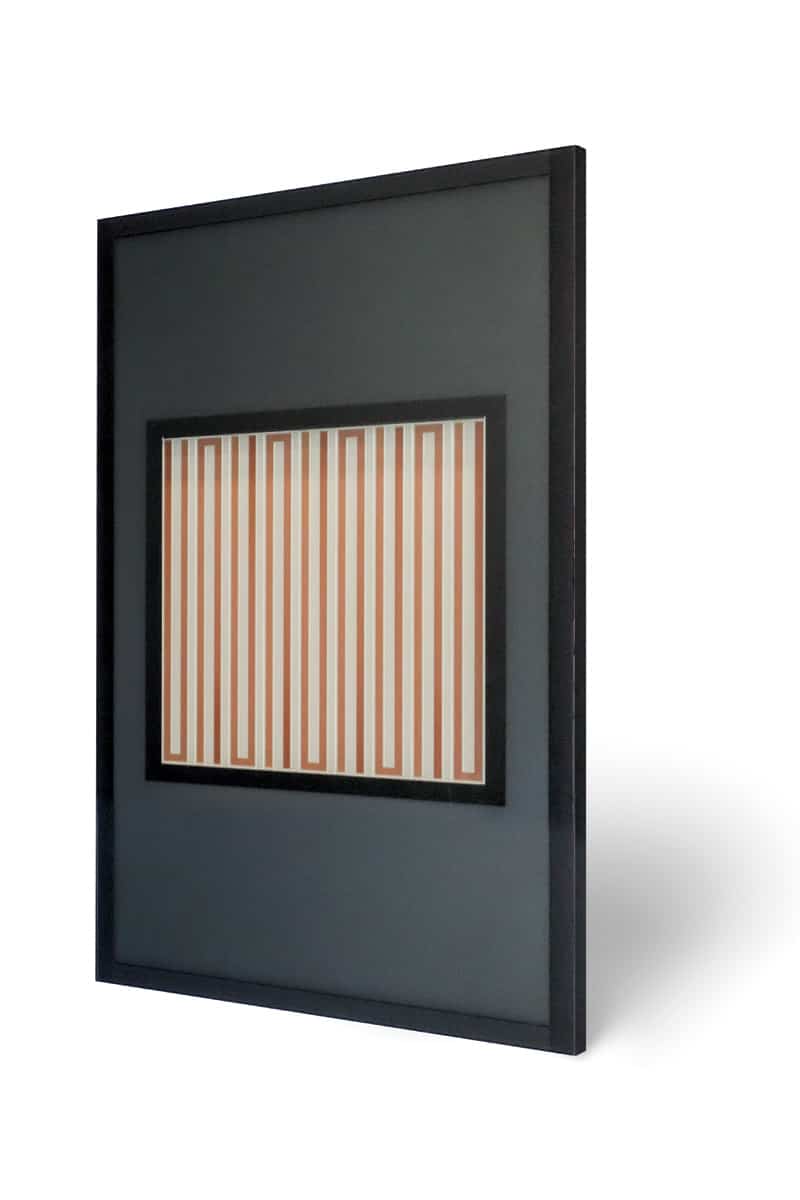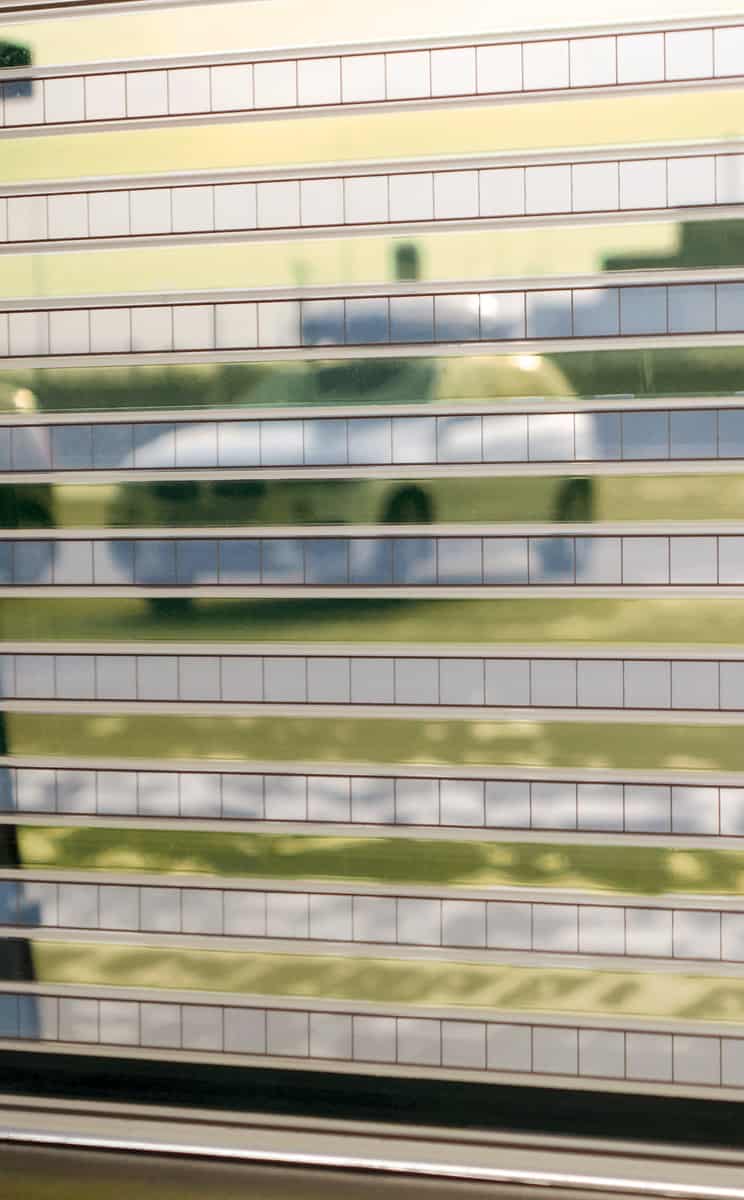DSSCs (Dye Sensitized Solar Cells) are also known as 3rd generation PV cells. They use a reversible photochemical process with a dye as a solar radiation absorber. Nature has long been the inspiration for humans, and photosynthesis is one of the most wonderful of natural phenomena. In this process plant organisms convert solar radiation into highly energetic organic compounds. The discovery of the principle of photosynthesis stimulated the minds of scientists to seek ways of applying solar energy to generate efficient renewable energy.
The DSSCs are 3rd generation photovoltaic cells based on organic compounds, without the p-n junction typical of 1st and 2nd generation solutions. The dye based solar cells feature special chemicals, capable of capturing quants of solar radiation and turning them into electric power.
The design of DSSCs is layered and comprises two transparent panes made of TCO glass arranged in parallel with about a 40 μm gap. A light-sensitive layer of TiO2 is deposited on one of the glass panes and coated with a metal-organic photosensitive dye (called the sensibiliser).
This subsystem acts as the photo anode of the cell. The other TCO pane surface is usually coated with nanoscale platinum which serves as a catalyst and the cathode of the cell system. The void between the parallel glass panes is filled with an electrolytic medium, being an I-/I3- redox system.
DSSC technology is an object of intense development in order to improve the efficiency of photovoltaic conversion in outdoor conditions. The current efficiency of DSSCs in laboratory conditions is around 15% and comparable with commercially available 2nd generation cells, and slightly below the performance of 1st generation ones. However, unlike silicon-based PV cells, the DSSCs feature much improved aesthetic values and lower efficiency loss in poor sun exposure conditions. The undisputed advantages of DSSCs include high transparency, customizable colours, and low power output drop vs. sunlight incidence. These features have paved the way for DSSCs into BIPV (Building Integrated Photovoltaics) to make eco-friendly civil engineering a reality. The printed design can be customized. An example of the technical parameters is shown below.








